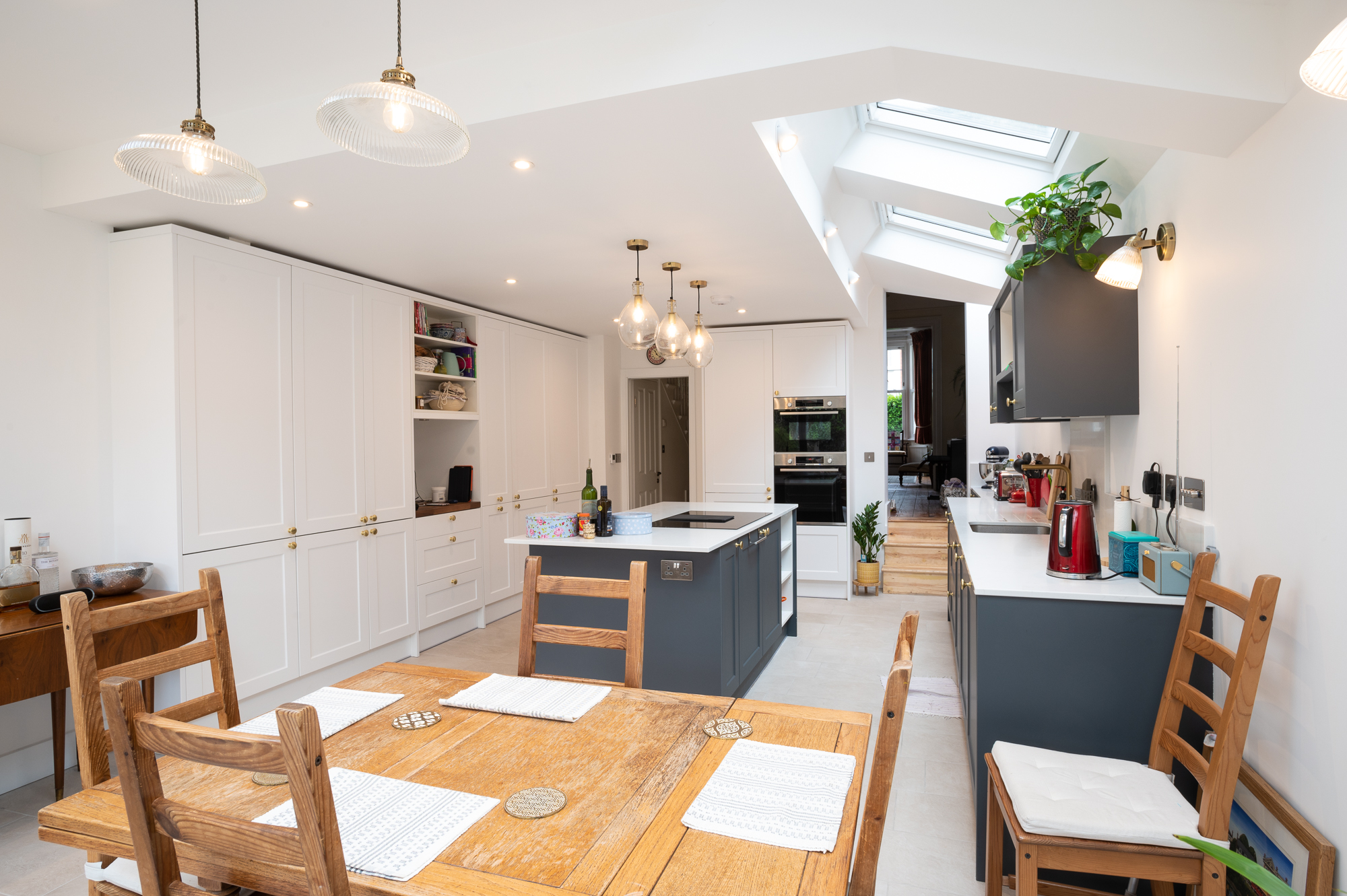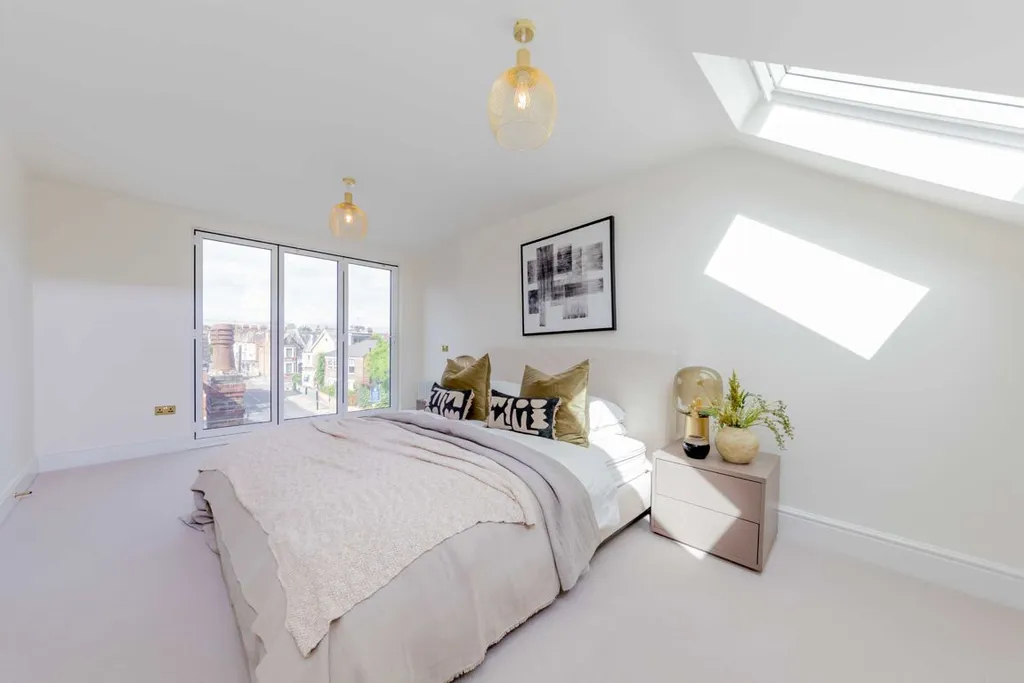Renovation is no doubt a far better alternative than shifting houses to a growing family or to house additional rooms like an office, cinema room, studio or in-house gym. The remaining loft space covered in spider web has, over a period of time, emerged as one of the most popular living spaces with a suitable extension, design and build.
The increasing price of land is another contributor to this cost effective renovation of the existing roof. But, it’s the process we will emphasise on and the benefits it brings to a household under permitted development following all building regulations.
There are few major things to learn and understand before designing your own loft conversion project. This includes asking yourself a lot of questions like do you have adequate headroom? Do you have enough light? Do you need planning permission? Can the partition walls below carry the floor load? And so many other observations.
Since this is a complete checklist, we will be picking it up from the basics and climb up till the highest point of the roof pitch.
Understanding Loft Conversion

A conversion would simply make your dust covered void roof space into a lovely living space on your existing roof. The extension spreads in the backside of the slope, keeping the frontend untouched.
There can be different types of extensions which majorly depends on the type of roof and the requirements. The roof of houses and bungalows can be detached, semi-detached or be in the form of a terrace.
To provide instant counselling while considering the suitability and sustainability, it is pretty impossible. For this reason, an understanding of various factors is necessary before deciding whether or not a loft conversion project is workable.
Measuring the benefits loft brings to the house
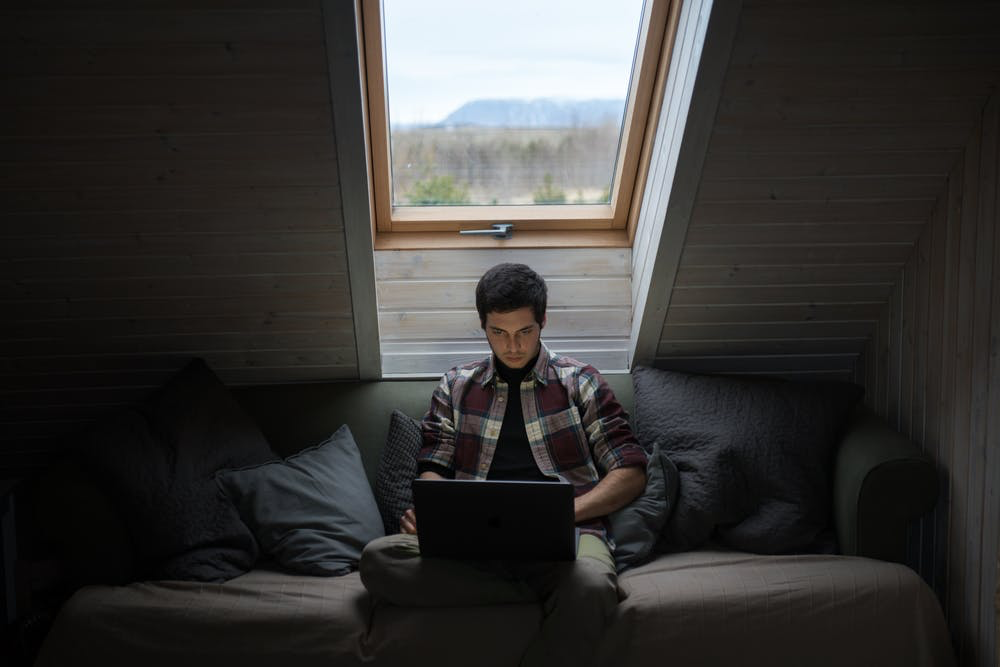
Though sold as a storage space or an attic, it is a built-in investment which can be developed to adapt to the owners’ constantly shifting demands.
According to a recent article by the London Post, a loft conversion can enhance the value of a property by 20%. Loft space is considered as one of the top home improvement trends for 2022 in the same article, making sure the prices reach skyrocketing levels.
Making sure the house is comfortable
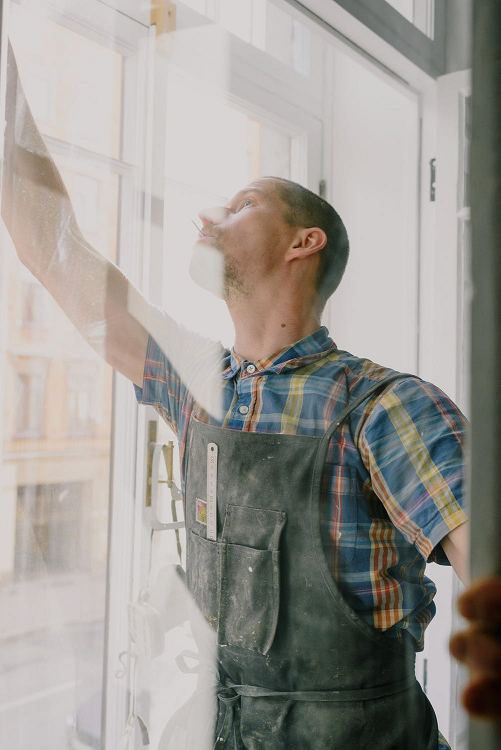
Prior to making a plan or setting a potential budget, a survey of the existing roof must be completed. It is also quintessential to extend the survey to the building below, to estimate the pillar strength and other fire safety measures.
At this stage, generic needs are planned to be delivered to the loft space such as ventilation, insulation, water storage and heating headers. The access to the room is also planned within the building regulations.
For a safe loft conversion, you have to make sure the loft height is at least a minimum of 2.5 metres. It can then be fitted with insulation to make the place warm and cosy.
Determining the right type of loft conversion
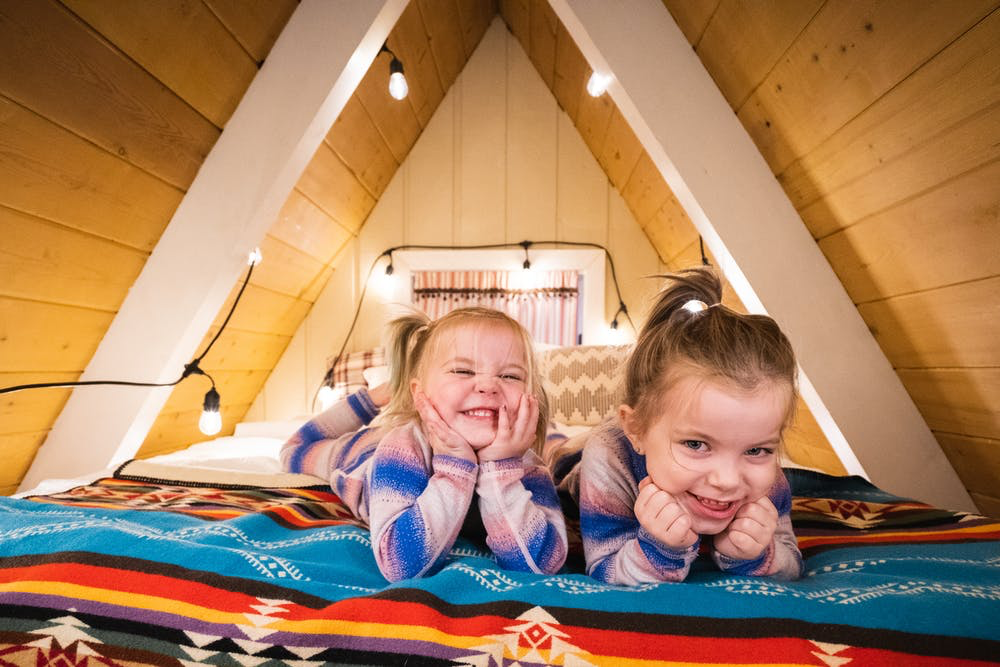
Choosing the right structure is as important as choosing a shoe size, it has to fit the required demand or it will cause irritation. It is not just important but also a privilege to customise everything about your loft space.
From the roof pitch, flat roof, slope of the roof, to cost effective design and build under permitted development. Though there can be numerous possibilities for loft conversion depending on the roof structure, we will just explain the popular few.
- Loft conversion with roof terrace: If your roof is spacious enough, a terrace conversion would be a sizable and affordable addition as that will produce maximum living space with an open balcony if you prefer.
The open roof terrace makes it the cheapest conversion as there is not a lot of construction cost required.

- Loft conversion with pod room: There is an extra insertion of a pod room instead of open space or terrace. It is obviously costlier than the one above but can be turned into a huge bath or office next to your bed. An ensuite can easily hype up the house and the people inside.

- Loft conversion with skylight: To keep the construction to the minimum, installing skylight will enhance natural sunlight and the loft size.
Even the construction cost will not be unexpectedly high as there will be a lot of glass installation instead of building brick layers.

- Dormer Extension: An almost room-like conversion will lift up the back slope of the roof parallel to the floor making it look normal for the 50% of the area.
The front slope can be reduced to a limit but removing it will not be allowed by the planning permission committee. Such conversion is called a mansard conversion.
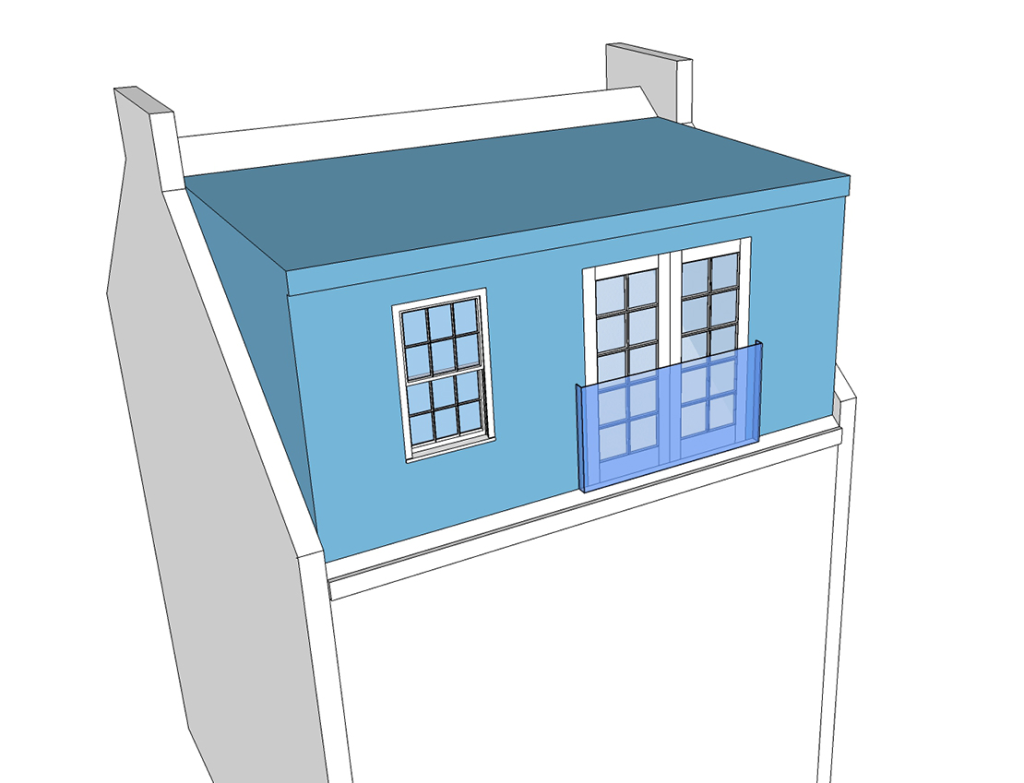
There are so many other options one can choose from after setting their budget. Loft conversion cost can range between £40-100K based on the needs and an average conversion takes around 8-16 weeks after planning permission.
Getting planning permission
Prior to construction, an online application has to be submitted and approved if you meet all the safety measures and building regulations carefully. The application will be approved by your Local Planning Authority through the council website. To understand a stepwise process, read our article : All you need to know about Planning Permission.
You have to present a detailed structure of what you plan to achieve and how you do it. The LPA will assess the environmental factors along with building regulations before giving an answer in positive or negative.
An enforcement notice will be provided with a disagreement in case you decide to build without planning permission. The newly constructed area will be asked to be removed too.
Designing and Planning
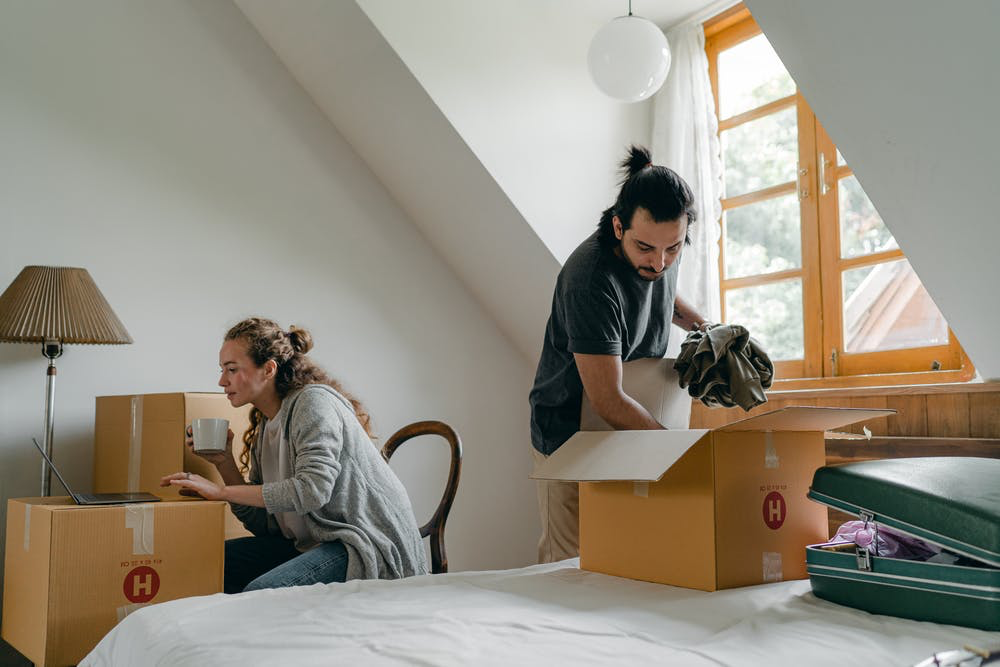
Several factors come into play when the layout of the loft is planned. It starts with basic facilities like insulation, ventilation, installing an easy access to the loft space like a staircase, lighting, electricity, plumbing and fire safety.
With a sudden rise in the appetite for eco-friendly conversions, the idea of sustainability became a popular part of the culture. Lot more natural resources are in demand by clients to provide for their house.
For instance, alongside large windows for maximum usage of natural light, solar panels are the next big thing people are adapting to. More sustainable wood, and literally every other material is preferred for every installation.
Little things like choosing floor insulation instead of radiators can make your room look bigger, leaving more space for you to grow.
Choosing a professional to do it all for you can be a wiser decision as one wrong decision can be heavy since there is only one attic to a house. But you can equally contribute your eco-friendly and other designing ideas to the project to give it your personal touch.



